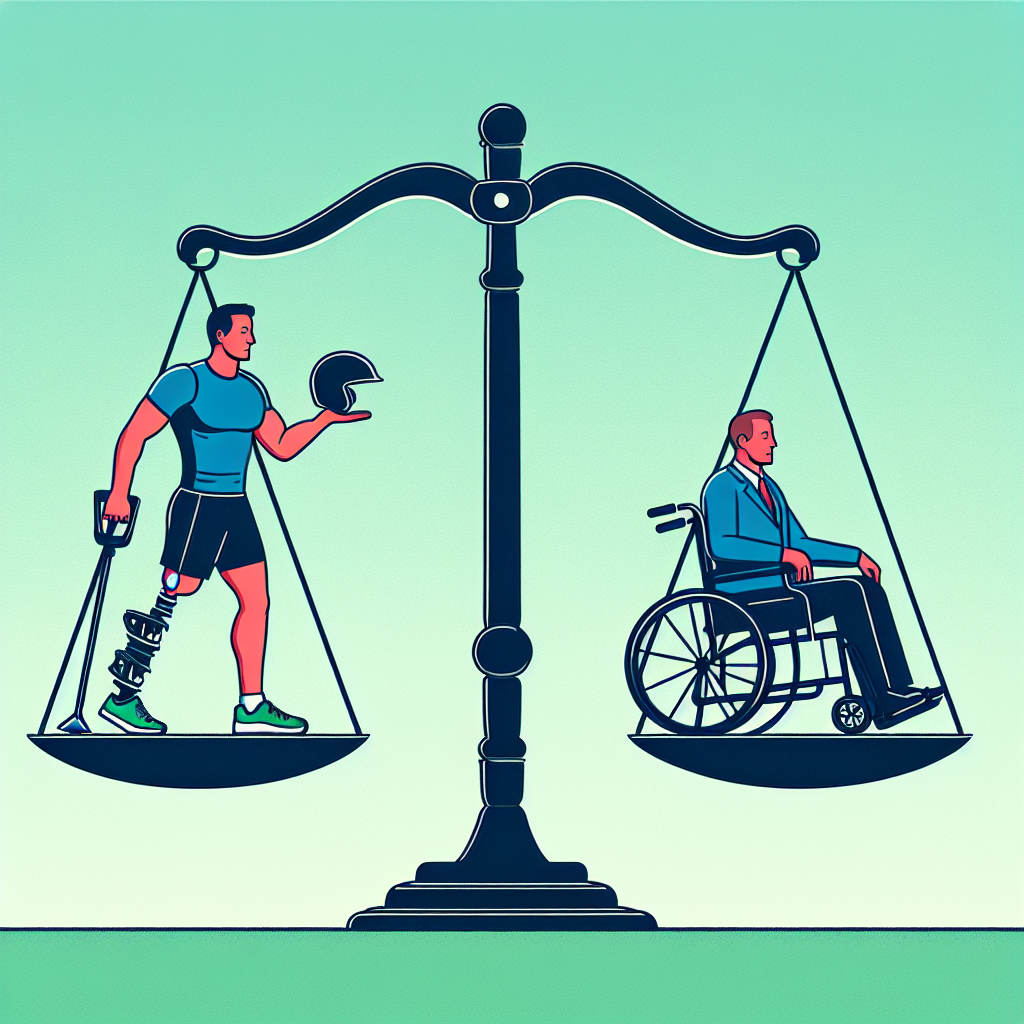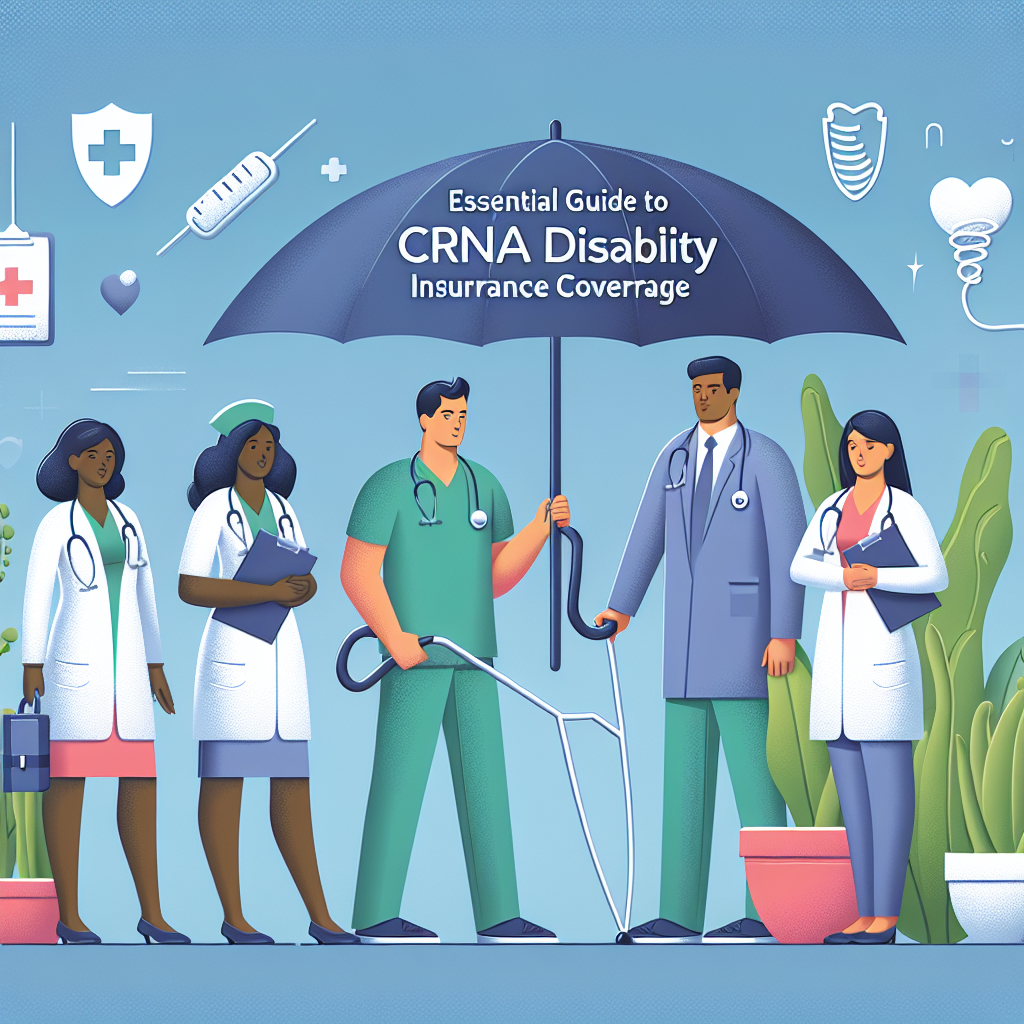Filed under Disability Insurance on
Should You Invest in Long Term Disability Insurance

In today's unpredictable world, the thought of a sudden inability to work due to illness or injury is unsettling, yet it’s a reality many cannot afford to ignore. While it's easy to think of disability insurance as an optional safeguard, the importance of long-term disability insurance is more profound than many realize. With this in mind, you'll often find yourself pondering: Should you invest in long-term disability insurance?
Understanding Long-Term Disability Insurance
Long-term disability insurance (LTD) is a form of protection that replaces a portion of your income if you become unable to work for an extended period due to a qualified disability. Typically, this means a serious physical or mental health condition that your doctor expects to last more than a few months, potentially several years.
The Need for Long-Term Disability Insurance
Let's begin by considering the statistics. The Social Security Administration estimates that one in four 20-year-olds will become disabled before reaching retirement age. These statistics reflect a stark reality: disability is more common than many of us anticipate. Whether through chronic health issues, accidents, or unforeseen illnesses, a significant number of working professionals face the possibility of being unable to work at some point in their careers.
For many, an interruption in income can lead to financial instability. Without a safety net, an inability to earn can quickly deplete savings and lead to sizeable debt. This is where long-term disability insurance can become a vital component of your financial planning.
Real-Life Examples
Consider the case of Jane, a successful marketing director in her mid-thirties. Jane never imagined needing disability insurance until a sudden car accident resulted in severe injuries and a lengthy recovery process. Although she initially thought her savings were enough, the prolonged absence from work severely impacted her finances. Fortunately, Jane had invested in a comprehensive long-term disability insurance policy, which covered 60% of her income, helping her maintain her mortgage and other essential expenses.
Then there's Mike, a software developer diagnosed with a chronic illness that prevented him from working for over a year. Without long-term disability insurance, he relied on credit cards and loans to cover his bills, leaving him in financial turmoil. His story highlights the potential discrepancies between expectation and reality when it comes to unforeseen events.
Determining the Cost of Long-Term Disability Insurance
The cost of long-term disability insurance can vary widely, depending on multiple factors including age, health, occupation, and the amount of coverage desired. Typically, premiums range from 1% to 3% of your annual salary. While that might sound like a sizeable chunk, it is an investment that provides significant peace of mind.
For instance, a 35-year-old non-smoking professional earning $60,000 annually might pay around $50 to $80 monthly for robust coverage. Customizing your policy to suit your personal needs and financial situation is key, and often requires consideration of your other financial obligations and obligations.
Benefits of Long-Term Disability Insurance
1. Income Protection
The foundational benefit of long-term disability insurance is income protection. This policy ensures a steady stream of income if you are unable to work, typically covering 50% to 70% of your salary.
2. Protection Against Uncertainty
Life is unpredictable. Even if you're healthy today, injuries and illness can strike unexpectedly. By investing in long-term disability insurance, you mitigate the risk of financial challenges during such unforeseen circumstances.
3. Peace of Mind
With insurance in place, you have peace of mind that you’re protected against the monetary challenges arising from long-term work inabilities. This security allows you to focus on recovery rather than financial burdens.
4. Maintained Lifestyle
The policy allows you to maintain your current lifestyle without drastic changes. With a replacement for most of your salary, you can continue paying for essential expenses, including mortgage, utilities, and education without significant hardship.
Potential Downsides of Long-Term Disability Insurance
While the benefits are substantial, understanding potential downsides is important. Premium costs can be relatively high, and if you have group policies through your employer, they might not offer the flexibility you desire. Additionally, policy complexity can make it challenging to understand exclusions and limitations that might affect payouts.
How to Choose the Right Policy
- Evaluate Policy Definition of Disability: Ensure the policy covers both "own occupation" and "any occupation". This broad definition offers greater protection.
- Examine Coverage Duration: Consider how long the benefits will last — often until age 65 or retirement.
- Check Policy Exclusions: Understand what conditions are not covered and assess how it impacts your needs.
- Look into Premium Cost: Determine if premiums are within your budget while providing adequate coverage.
- Consult with Experts: Financial advisors can help tailor a plan that fits your circumstances effectively.
Conclusion: Should You Invest?
Ultimately, the decision to invest in long-term disability insurance is a personal one, heavily influenced by individual circumstances, financial planning, and employment benefits. In many cases, especially for those without sufficient savings or employer-provided coverage, purchasing private long-term disability insurance can be a prudent decision.
However, it is critical to evaluate your personal financial stability, familial obligations, and risk tolerance before committing to a particular policy. Long-term disability insurance, while perhaps initially costly, can offer substantial protection against life's unforeseen turns, providing a safeguard to ensure you and your loved ones are financially secure.
Frequently Asked Questions
1. Is long-term disability insurance worth it?
Yes, long-term disability insurance is worth considering for anyone who relies on their income to support themselves or their family. It serves as a financial safety net in the event of a severe illness or injury.
2. How much does long-term disability insurance typically cost?
The cost of long-term disability insurance generally varies from 1% to 3% of your annual income. This discrepancy is influenced by factors like age, occupation, and desired coverage.
3. Can I have both short-term and long-term disability insurance?
Absolutely. Many people choose to have both, as short-term disability covers initial months of disability, while long-term steps in for extended periods.
4. Does long-term disability insurance cover mental health issues?
Many policies do cover mental health issues; however, it is vital to scrutinize your potential policy’s terms and conditions to confirm specific coverage details.
5. Can long-term disability insurance replace my full income?
Most policies replace between 50% to 70% of your pre-disability income, aligning with standard industry practices. Full income replacement is not typically offered due to incentive considerations.




